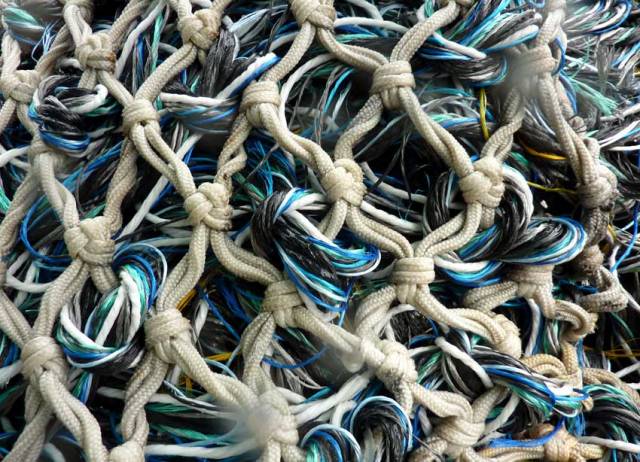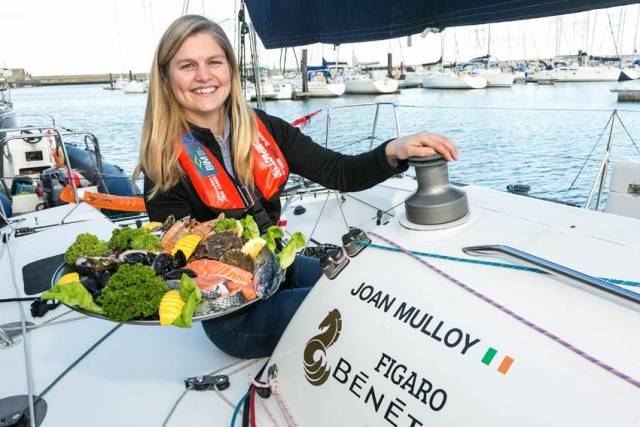
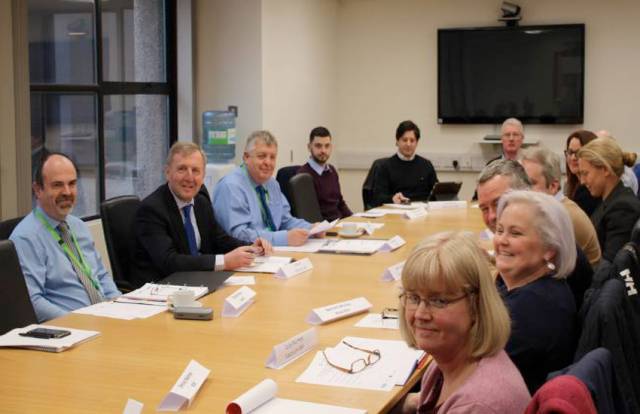
Concerns Over Supertrawlers In Inshore Waters Discussed At National Fisheries Forum
23rd February 2018 Fishing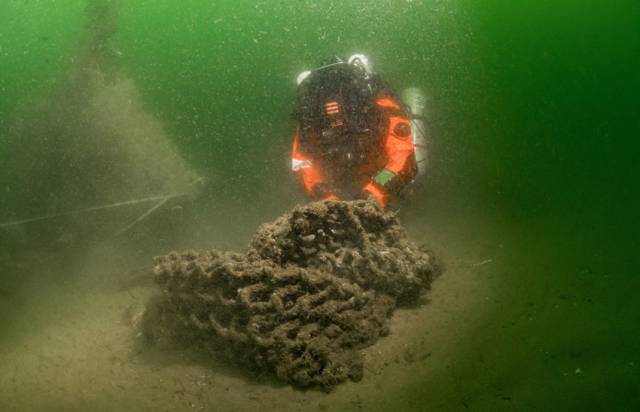
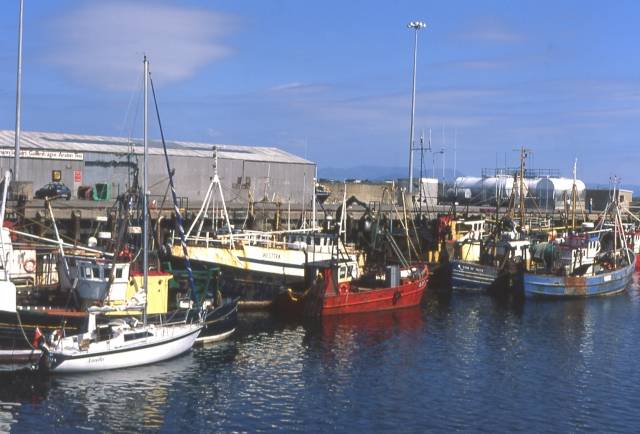
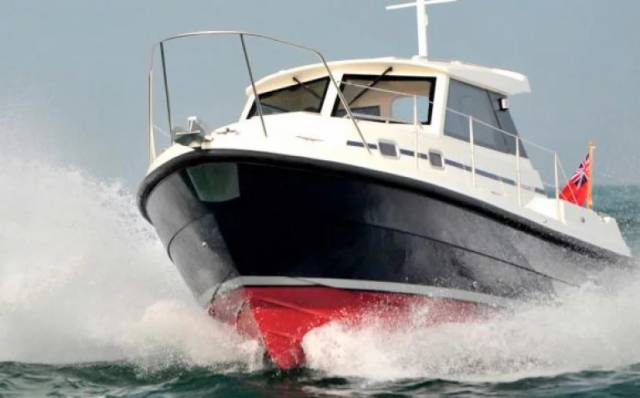
NI Police Investigate Alleged Assault During Recovery Of Destroyed Lough Neagh Patrol Boat
7th February 2018 Fishing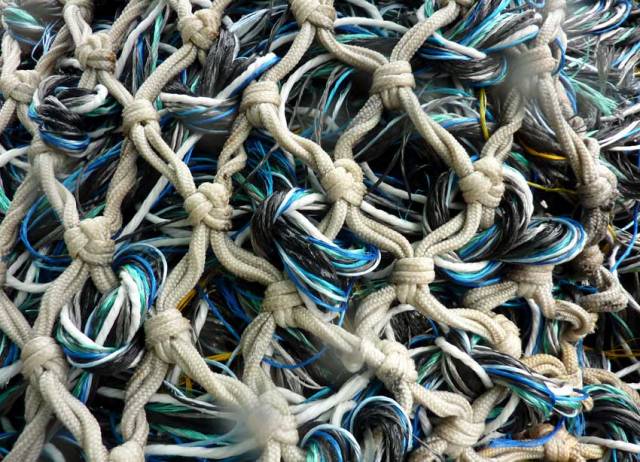
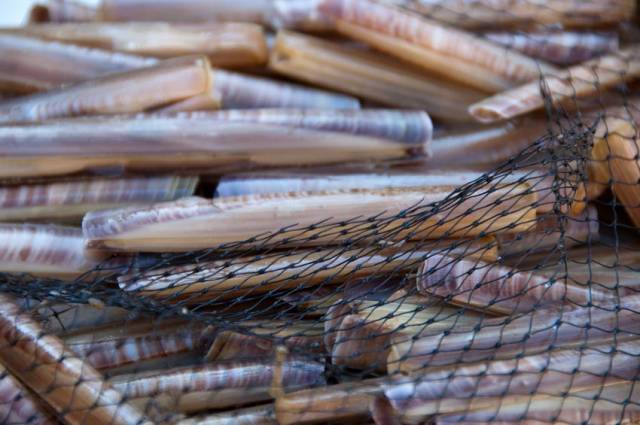
Public Consultations Conservation Proposals For Razor Clams In North Irish Sea & Brown Crab
30th January 2018 Fishing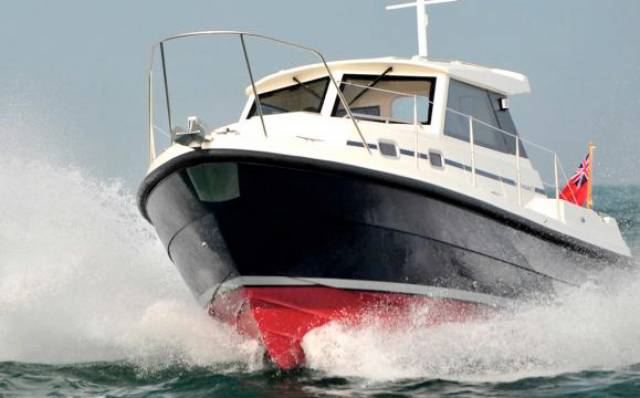
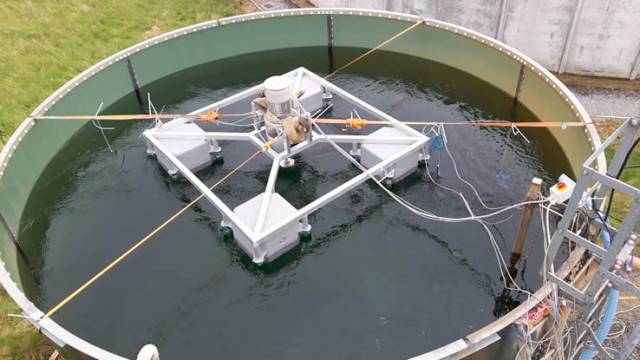
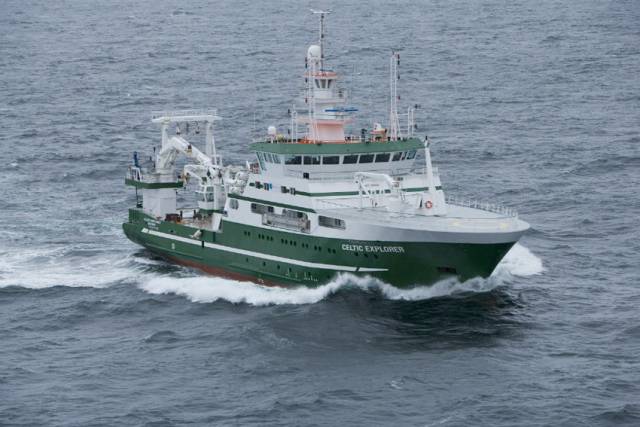
Marine Notice: Irish Anglerfish and Megrim Survey 2018 Off West, Southwest and South Coasts
26th January 2018 Fishing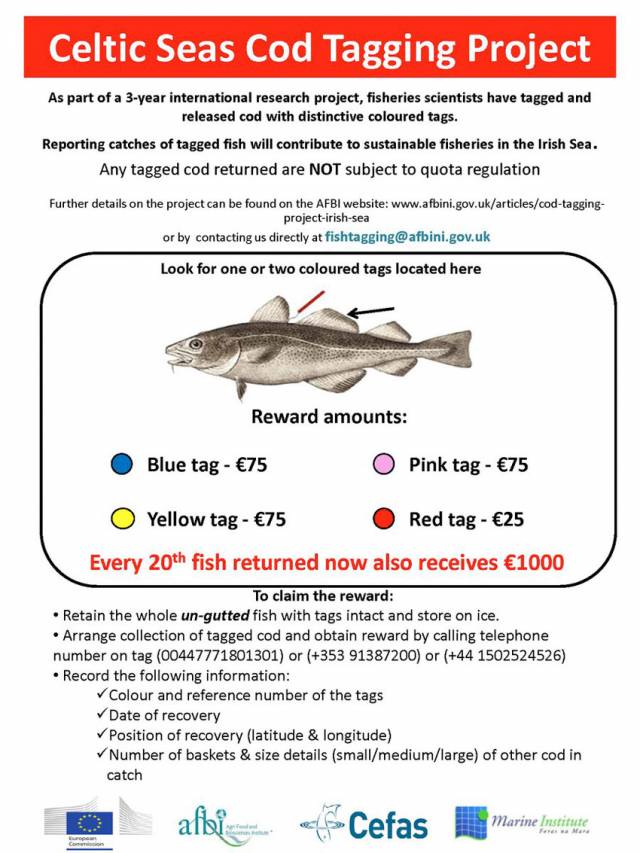
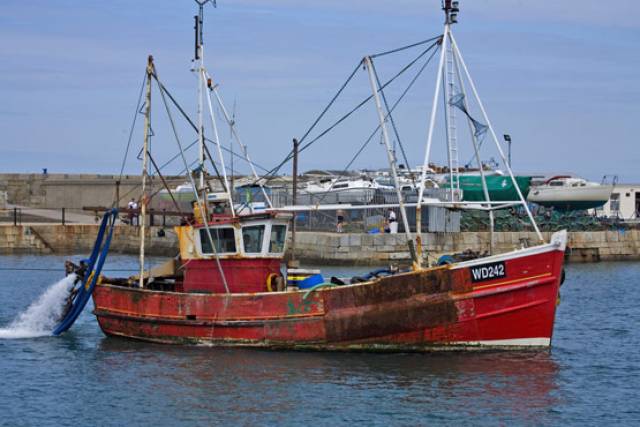
Marine Minister Delivers 8% Increase In Whitefish Quotas For Irish Fishing Fleet
13th December 2017 Fishing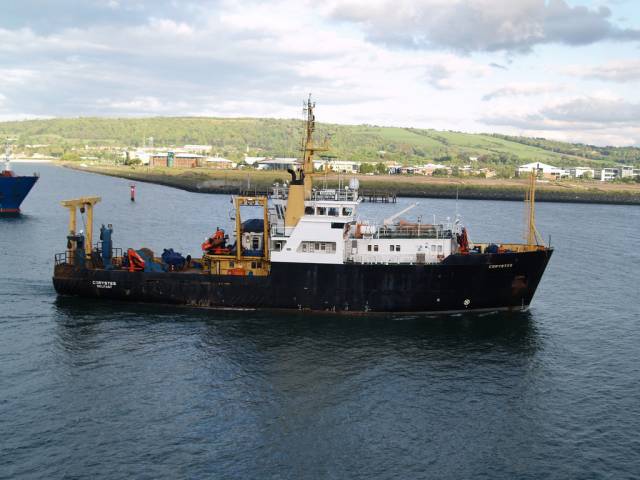
Northern Ireland's Fishery Research Vessel Undergoes Drydocking Down South
1st December 2017 Fishing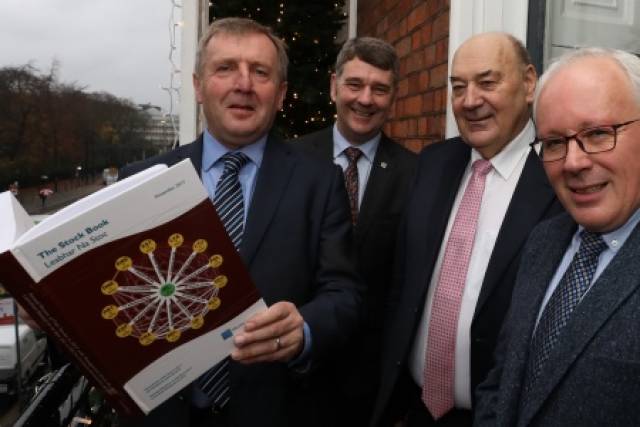
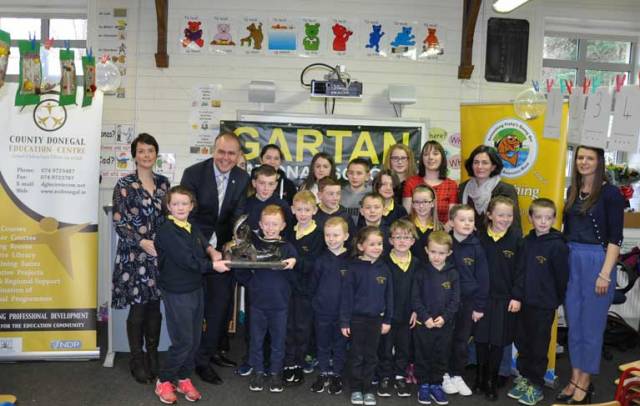
Donegal School Takes First Place in National ‘Something Fishy’ Competition 2017
27th November 2017 Fishing